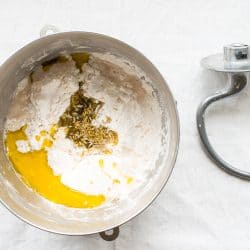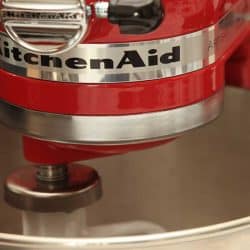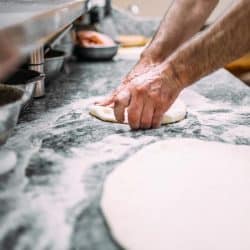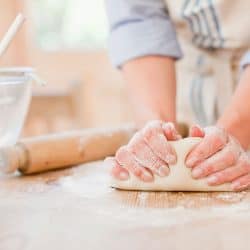Are you tired of having to spend time kneading your dough? Maybe you make bread often, and your hands are hurting from the constant use. You may be happy to learn that there's a faster way to do it. It involves using your KitchenAid stand mixer. We have researched how to use your KitchenAid to make kneading dough quick and easy.
The ideal KitchenAid tool for kneading dough is the stand mixer bowl with the hook attachment. When kneading dough, it is essential to only use mixing speeds of 1 and 2 for no longer than 6 minutes. When you are kneading dough with yeast in it, make sure to use speed number 2, no higher or lower.
Now that you have a basic understanding of what speed to use continue reading to learn more about how long to knead the dough and answers to other questions you may have.
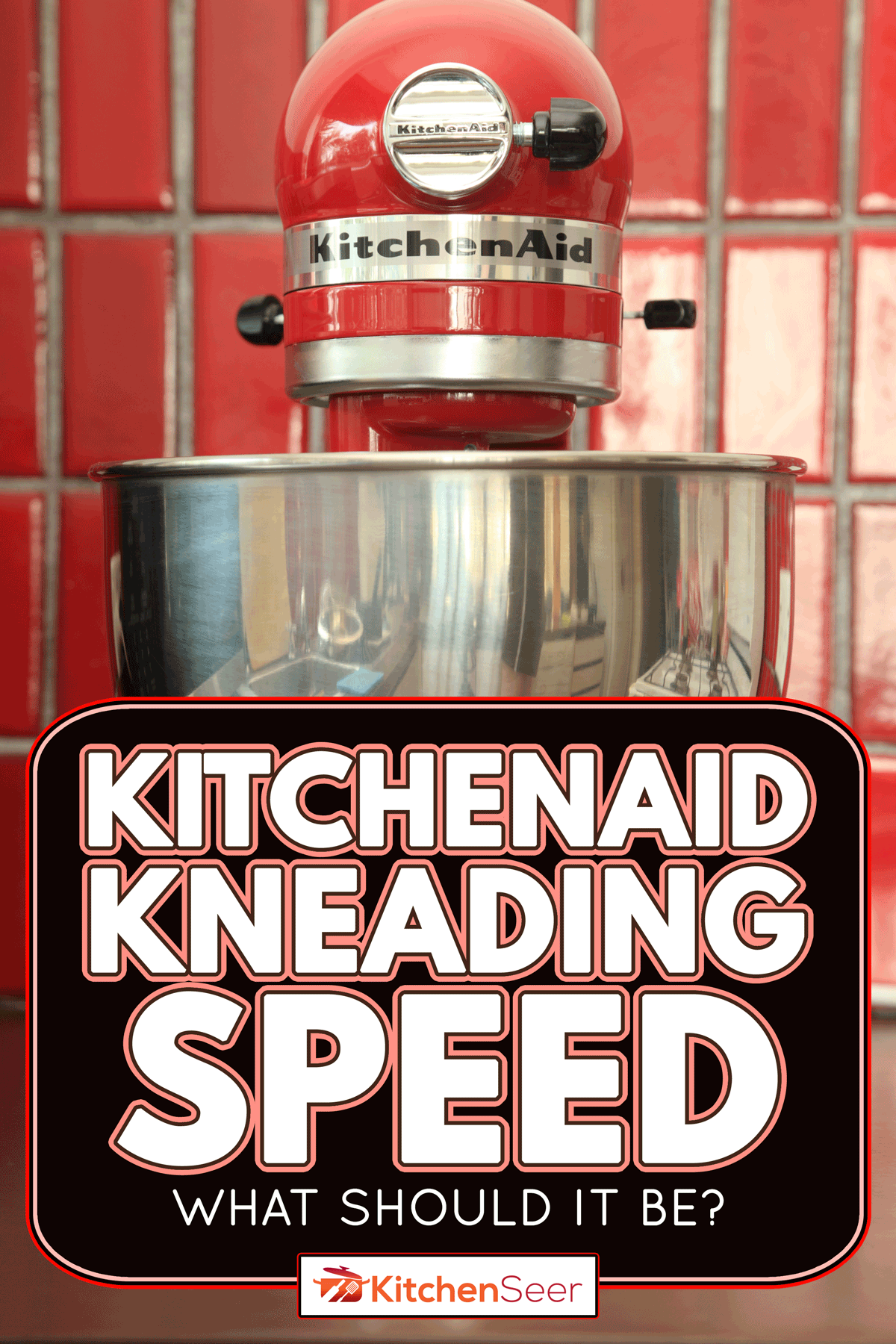
How To Use A KitchenAid Stand Mixer Bowl To Knead Dough
First, make sure your mixing bowl is in working order and that it is put together properly. After checking your machine, you add your dough ingredients into the mixing bowl while mixing on a low setting.
Continue kneading at a low speed for about 5 minutes. While it is kneading, check to make sure it isn't too dry or too moist. If it is dry, add a teaspoon of water until the dough is no longer crumbly. If it is too wet, add a teaspoon of flour until the dough is the desired consistency.
After the 5 minutes, let your dough rest for 5 minutes, and then knead it for another 5 minutes. When the dough is finished, it will quit sticking to the sides of the bowl and start gathering around the dough hook.
How Long Does It Take To Knead Dough In A KitchenAid?
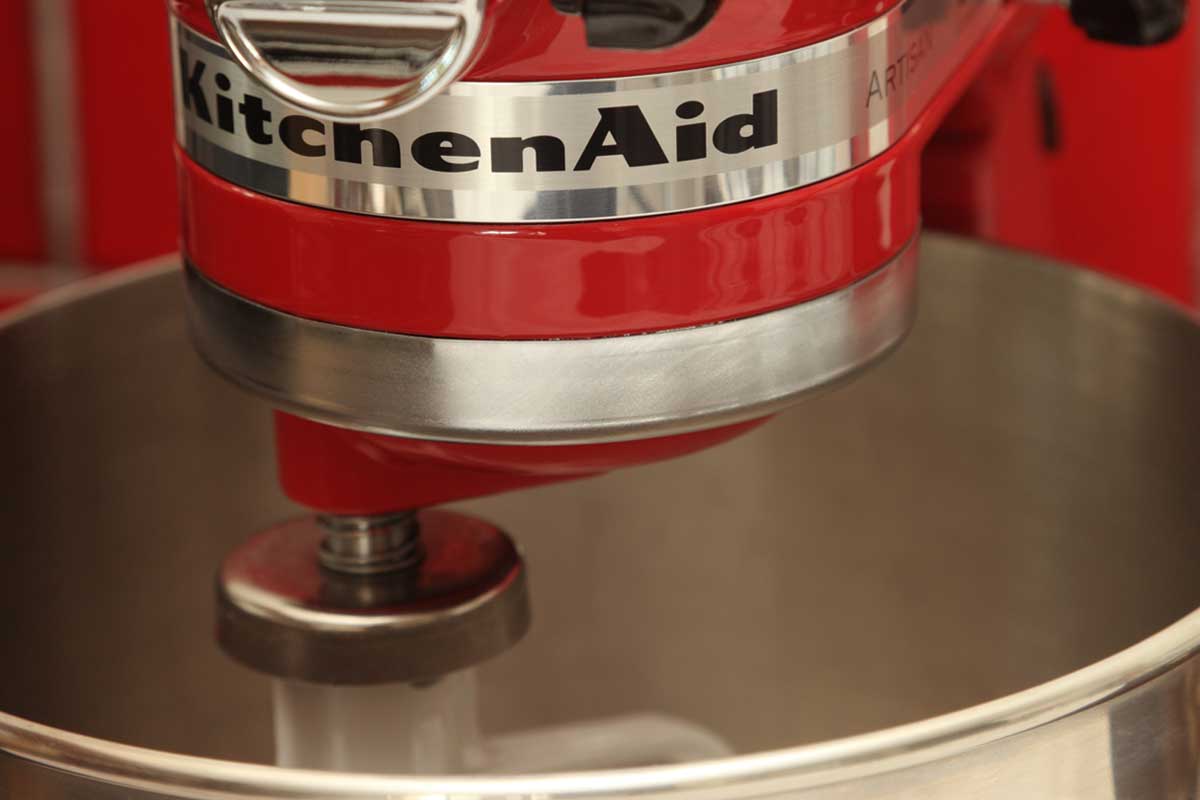
It is important to remember that using the KitchenAid stand mixer for 2 minutes is equal to kneading by hand for about 12 minutes. So, if you use a higher speed, you may end up overdoing it and ruining your dough.
In addition to over kneaded dough, higher speeds could overheat your mixer and create a mess by flinging dough everywhere. Because of this, it is best to keep the mixer at lower speeds.
For most doughs, kneading for 5 to 10 minutes is long enough.
If you are kneading a stiff dough, like yeast bread dough, speed 1 will not have the momentum needed to knead the dough. As a result, it is suggested to only use speed 2. In addition to using speed 2, it is also recommended that mixing and kneading time be no more than 4-6 minutes for this kind of dough, as it is easy to over-knead it.
How Do You Know When Dough Is Done Kneading?
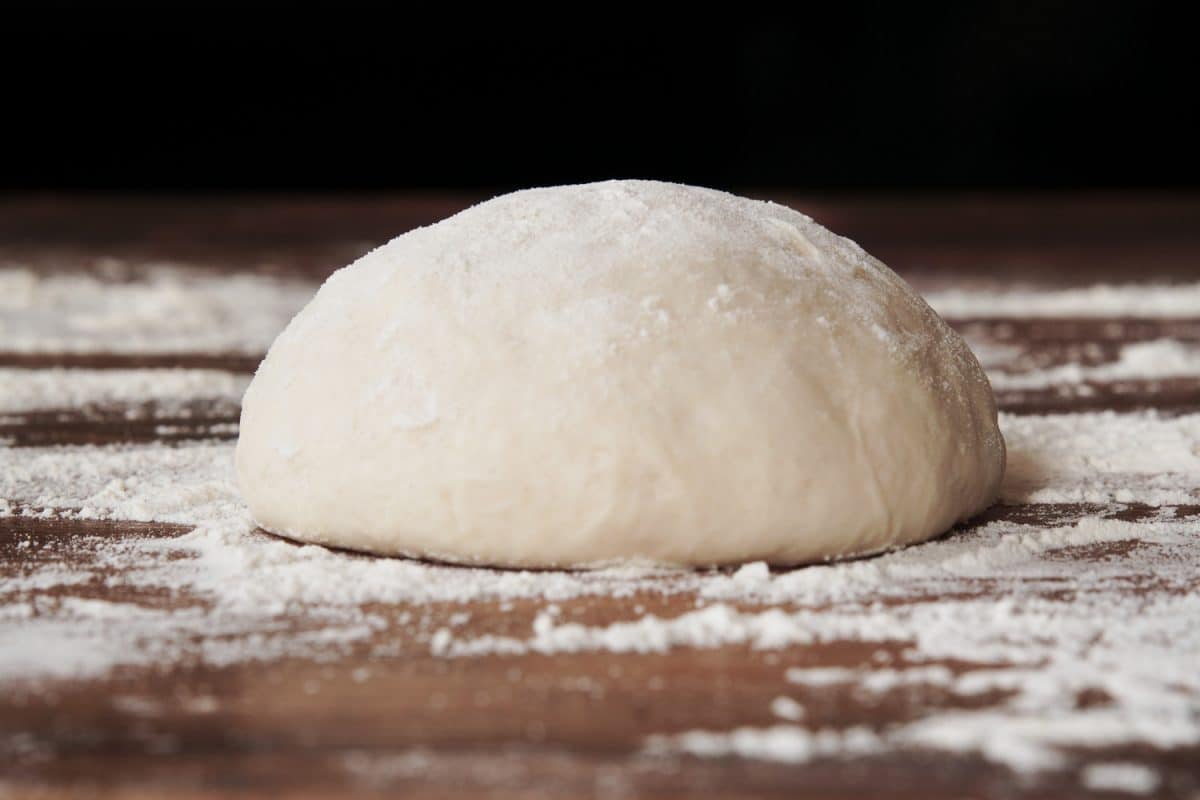
For most doughs, you check for "windows" to see if the dough is kneaded enough. "Windows" are areas in the dough that are see-through when stretched out. To check for windows, you grab a golf-ball-sized bit of dough and stretch it out.
When stretching the dough, you are looking to see that it stretches easily into a thin layer without tearing. If it tears or won't stretch, it needs to be kneaded longer.
When using this method to check for readiness, it is important to note that very wet doughs or very long rise times won't necessarily form windows. Artisan bread, sourdough, and high hydration pizza doughs are all examples of doughs that may not form windows.
Does The Dough Hook Replace Kneading?
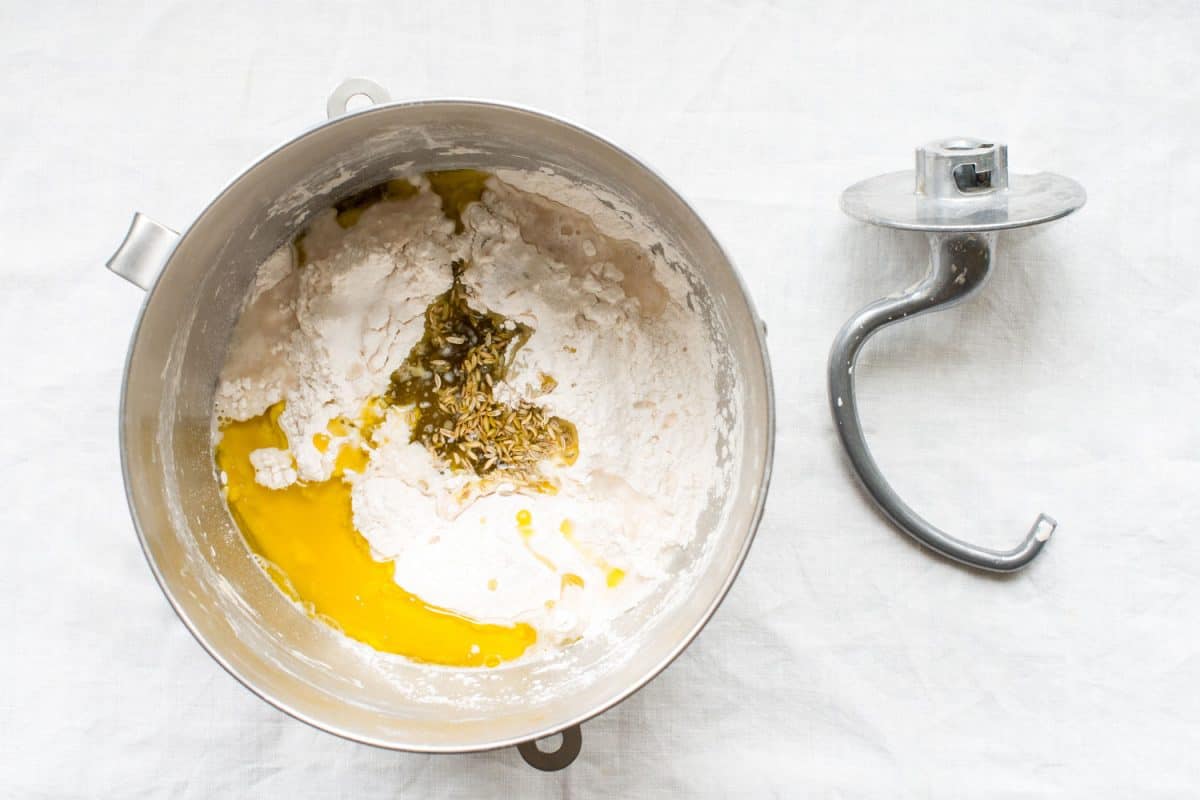
A dough hook's purpose is to turn and fold the dough. It can make a kneading job that would typically take ten minutes to take less than three minutes. So, yes, a dough hook is an efficient way to replace kneading by hand.
While other mixing attachments will catch the dough, a dough hook is designed to prevent this problem. It is a single hook that can knead even thicker dough, like whole wheat. Heavier doughs can be exhausting by hand, which is why the dough hook exists. You can make excellent bread products without having to go through heavy arm exercises to make it.
What Are The Speeds On A KitchenAid Mixer?

Most KitchenAid mixers have 10 speeds. The more elite models have up to 12 different speeds. It can be hard to figure out what settings you should use for various projects. We have included a short guide below.
- Speed 1 is the slowest setting. It works best for combining ingredients.
- Speed 2 works for cutting in butter and mixing heavy batters.
- Speed 4 is for recipes that call for medium-low mixing, like cookie doughs and beating egg whites.
- Medium mixing is speed 6. This speed is for frosting and creaming butter.
- To make meringues and whipped cream, use speed 8. This speed is considered medium-high.
- Finally, speed 10 is the fastest. You will rarely use this one. It is used for whipping small amounts of ingredients, like eggs or cream.
Your model may have more or less speed settings. Keep in mind that faster speeds cannot be used with heavier contents. Trying to mix heavy ingredients at faster speeds can break your mixer's motor.
For a more detailed guide, read the instruction manual with your particular model.
What KitchenAid Should I Use?
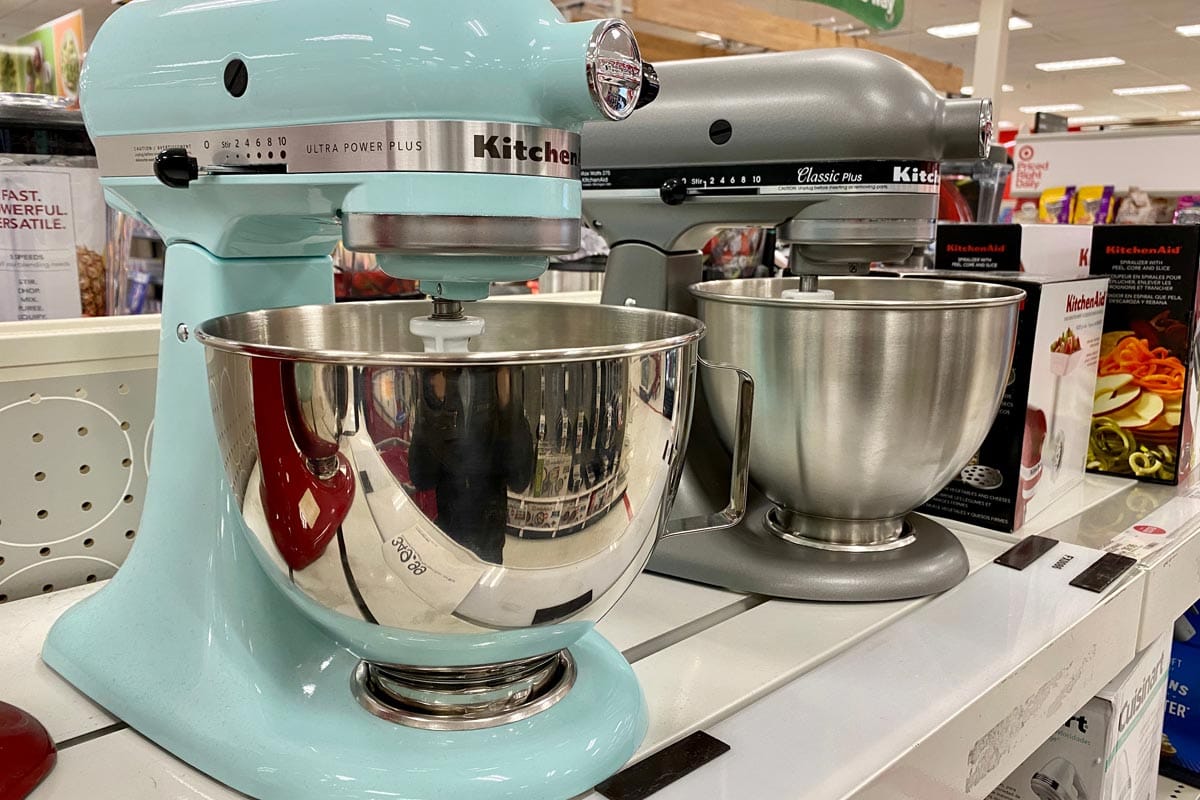
You probably already own a KitchenAid stand mixer. However, if you don't, here are a few products you might be interested in.
KitchenAid Professional Stand Mixer
This mixer is 6 quarts and has ten mixing speeds. Its large mixing bowl can handle up to 13 dozen cookies in one batch.
Click here to see the KitchenAid Professional on Amazon.com!
Limited Edition Queen Of Hearts KitchenAid Stand Mixer
This mixer has over 14 available attachments and is a brilliant red color. To avoid missing out on this limited edition product, be sure to check it out soon!
Click here to check it out on Amazon.com!
KitchenAid Artisan Series
If you want to get a KitchenAid, but the other options were a bit out of your price range, check out this one. It is cheaper, but it is still a high-quality mixer.
To check it out on Amazon, click here!
Closing Thoughts
In this post, we have covered a lot of information! So, here's a quick recap of what was covered. The most important thing we learned is that to knead dough with a KitchenAid; you use the dough hook attachment on speed 2. It is also important to note that different doughs need different mixing times.
Keeping these tips in mind, you're now ready to get in the kitchen and start baking! However, before you go, feel free to click the links below to check out some other posts on this blog!
KitchenAid Accessories For Your Stand Mixer
How Long Do You Knead Bread Dough in a KitchenAid?

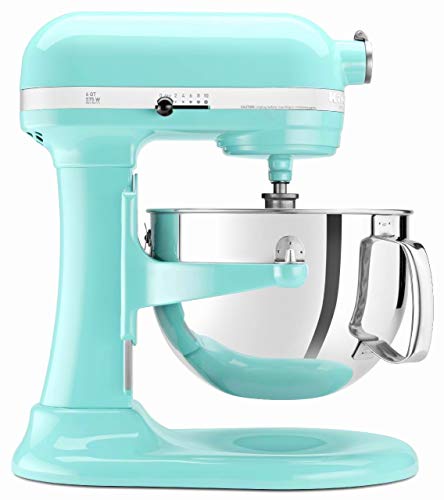


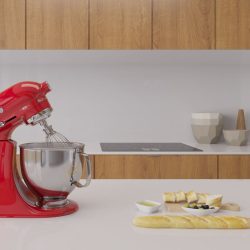
![Baker man hands breadmaking kneading bread dough, How Long To Knead Bread [By Hand And In A Mixer]](https://kitchenseer.com/wp-content/uploads/2021/03/Baker-man-hands-breadmaking-kneading-bread-dough-250x250.jpg)
